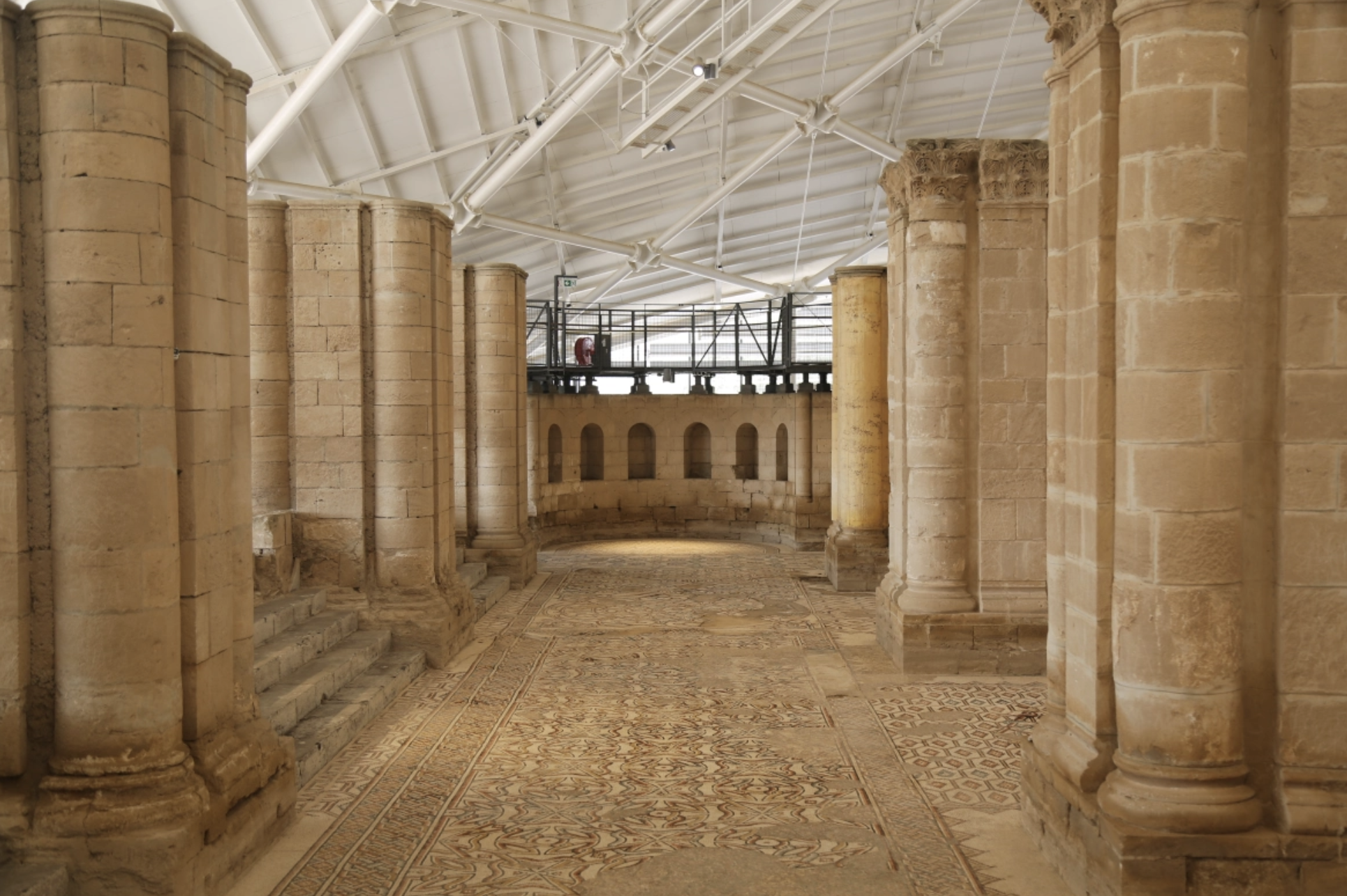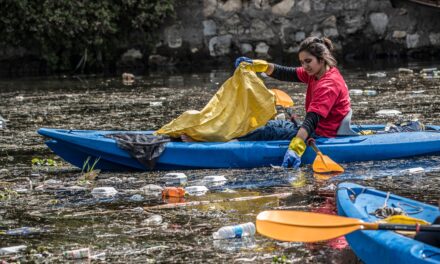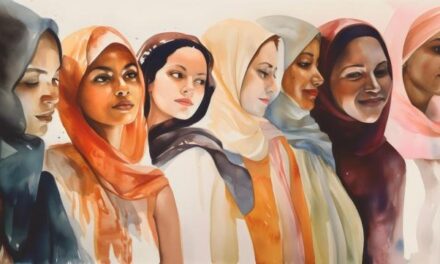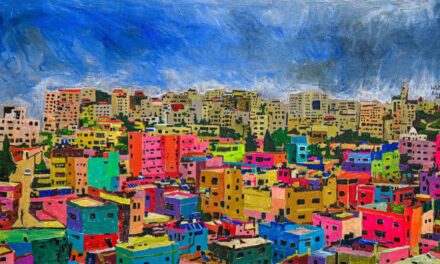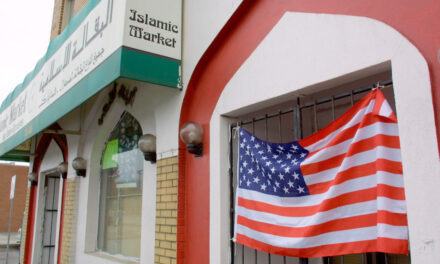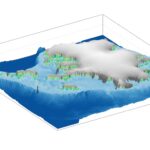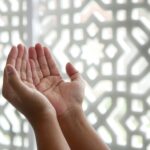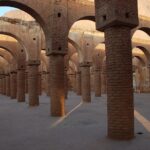The JICA-funded project included the construction of a protection roof over the mosaic, spanning 2,500 square metres, as well as new corridors. [Al Jazeera]
The mosaic was restored as part of a $12m five-year project funded by the Japan International Cooperation Agency (JICA) in partnership with the Palestinian Ministry of Tourism and Antiquities.
The site was opened to the public on Thursday after the Palestinian Authority announced the reopening of tourist sites in the West Bank following a hiatus due to the COVID-19 pandemic.
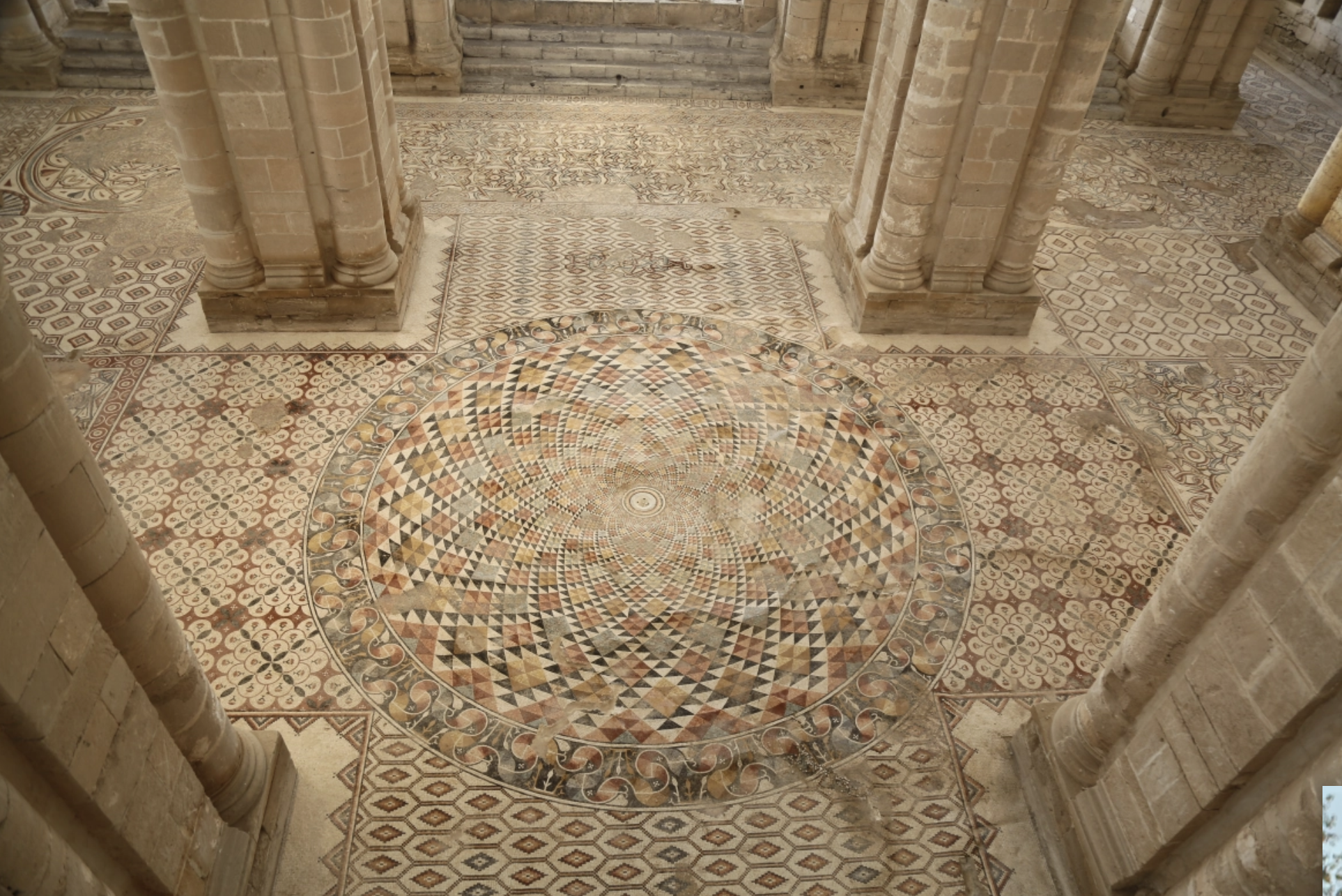
The mosaic is made up of about 5 metre pieces bearing more than 20 colours from stones across Palestine – including black stones from the area of Nabi Musa, red stones from Bethlehem and Jerusalem, and white stones from Hebron and Jama’in in Nablus, Palestinian officials said. [Al Jazeera]
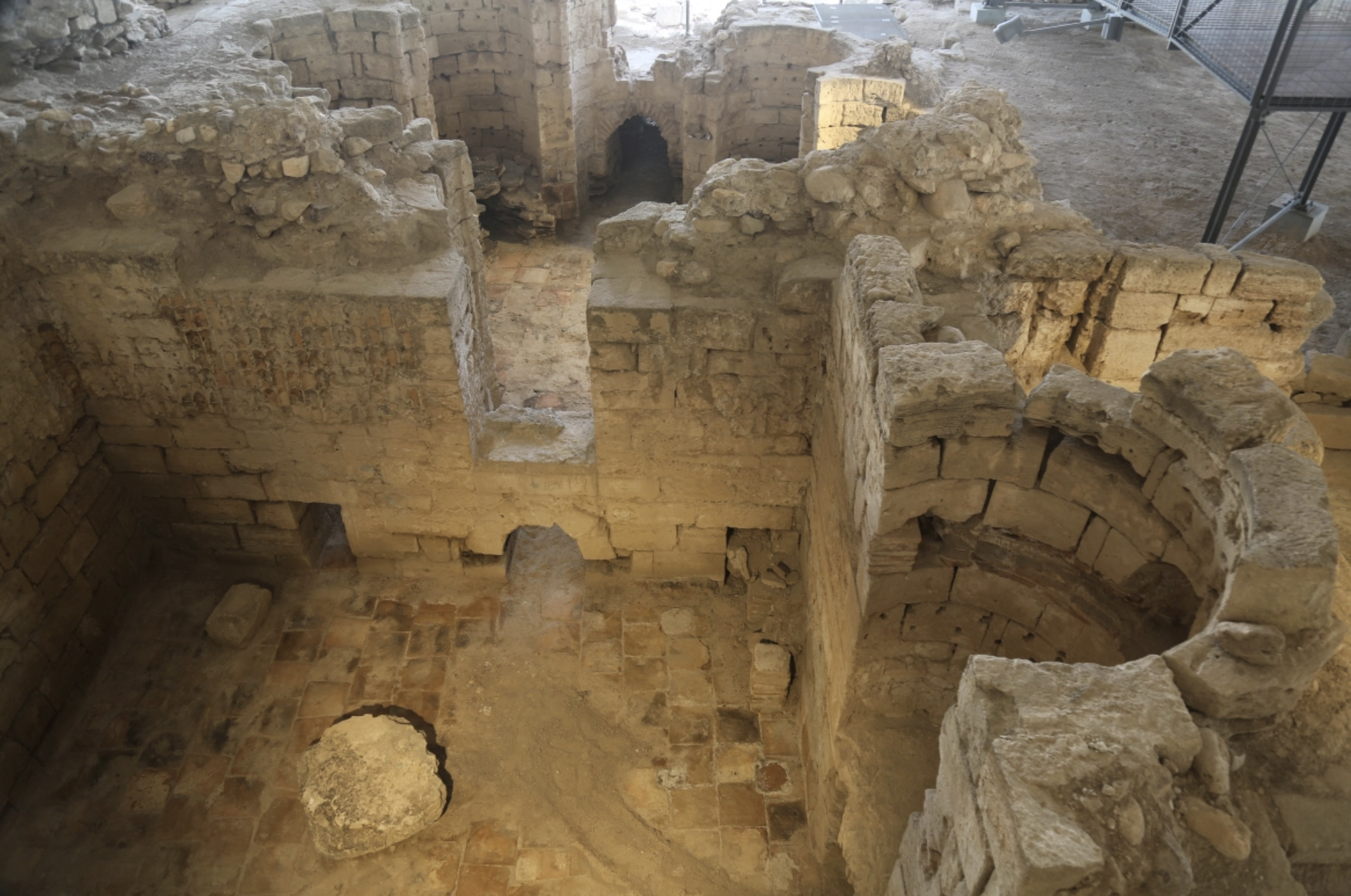
Saleh Tawafasha, the undersecretary of the Ministry of Tourism and Antiquities, said, “this mosaic embodies a complete system of the splendor and creativity of the Palestinian individual in every time and place”. [Al Jazeera]
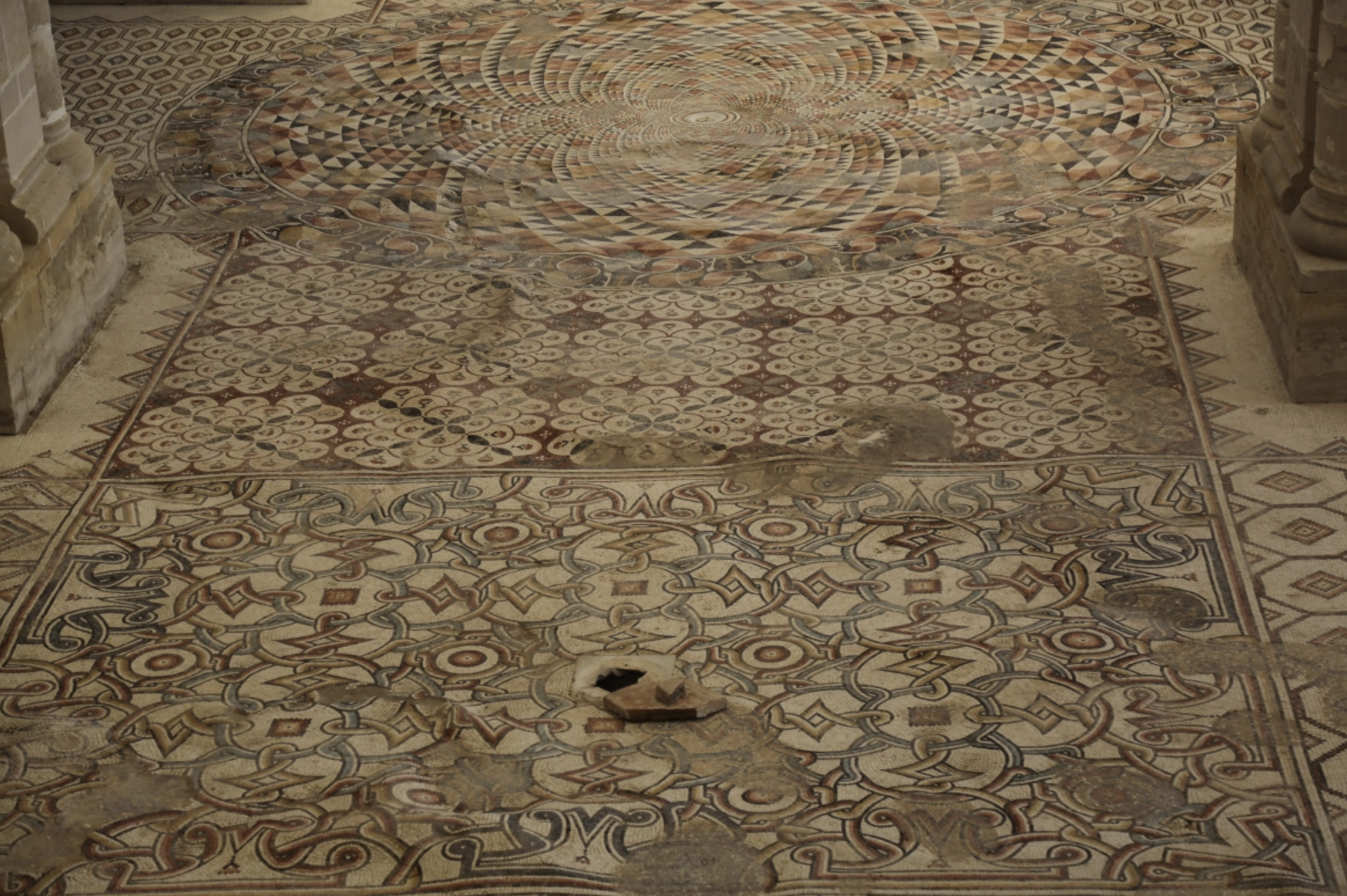
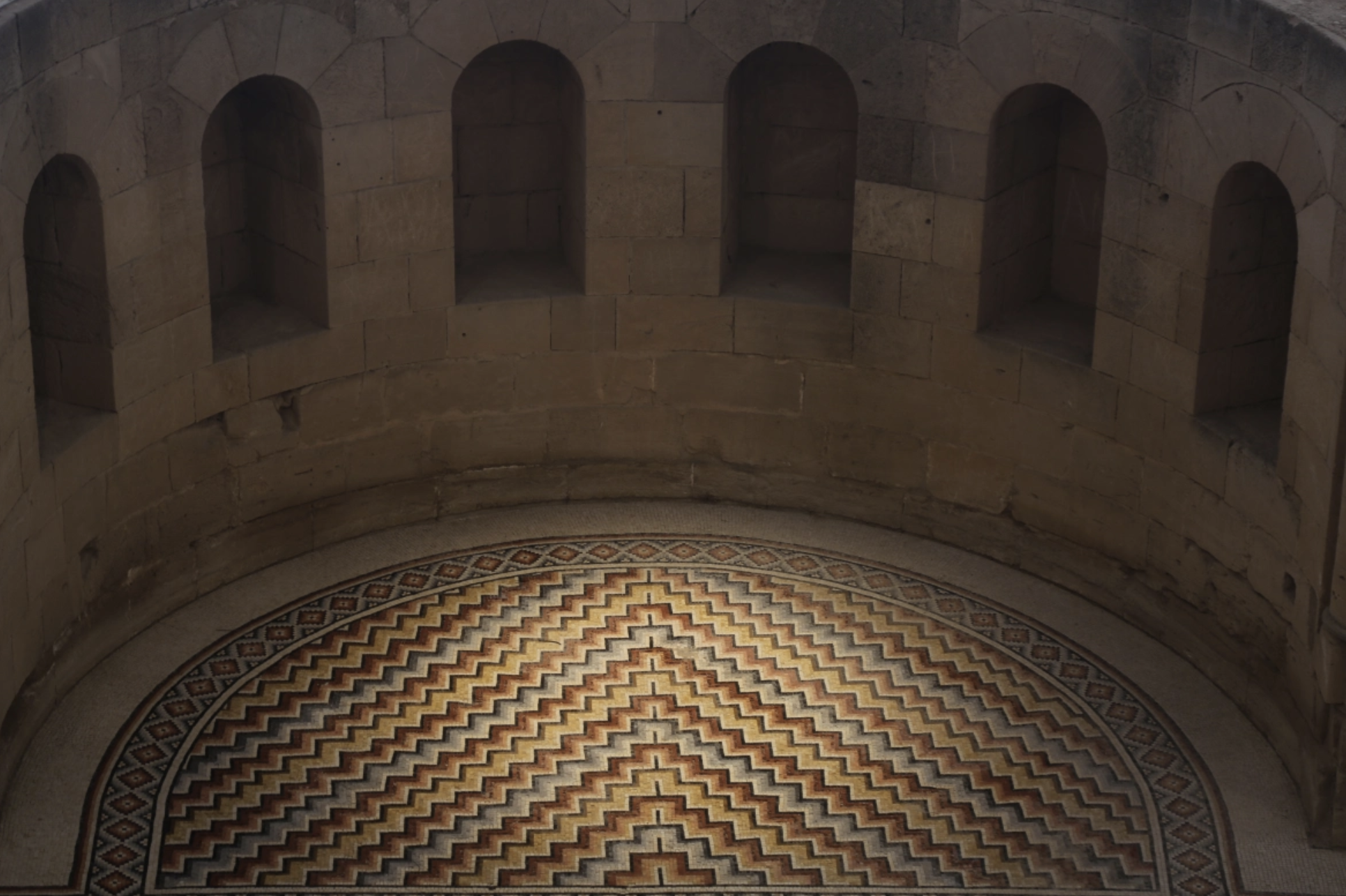
It sits in Hisham’s Palace, a “desert place” that stands as one of the most significant early Islamic sites in Palestine, dating back to the beginnings of the Umayyad era. [Al Jazeera]

The site is thought to have been built by Caliph Hisham ibn Abd al-Malik (724 to 743 AD), and later decorated by his heir, el-Walid II, between 743 and 744 AD. [Al Jazeera]

The mosaics include images of a lion attacking a deer, two gazelles and delicate floral patterns. [Al Jazeera]
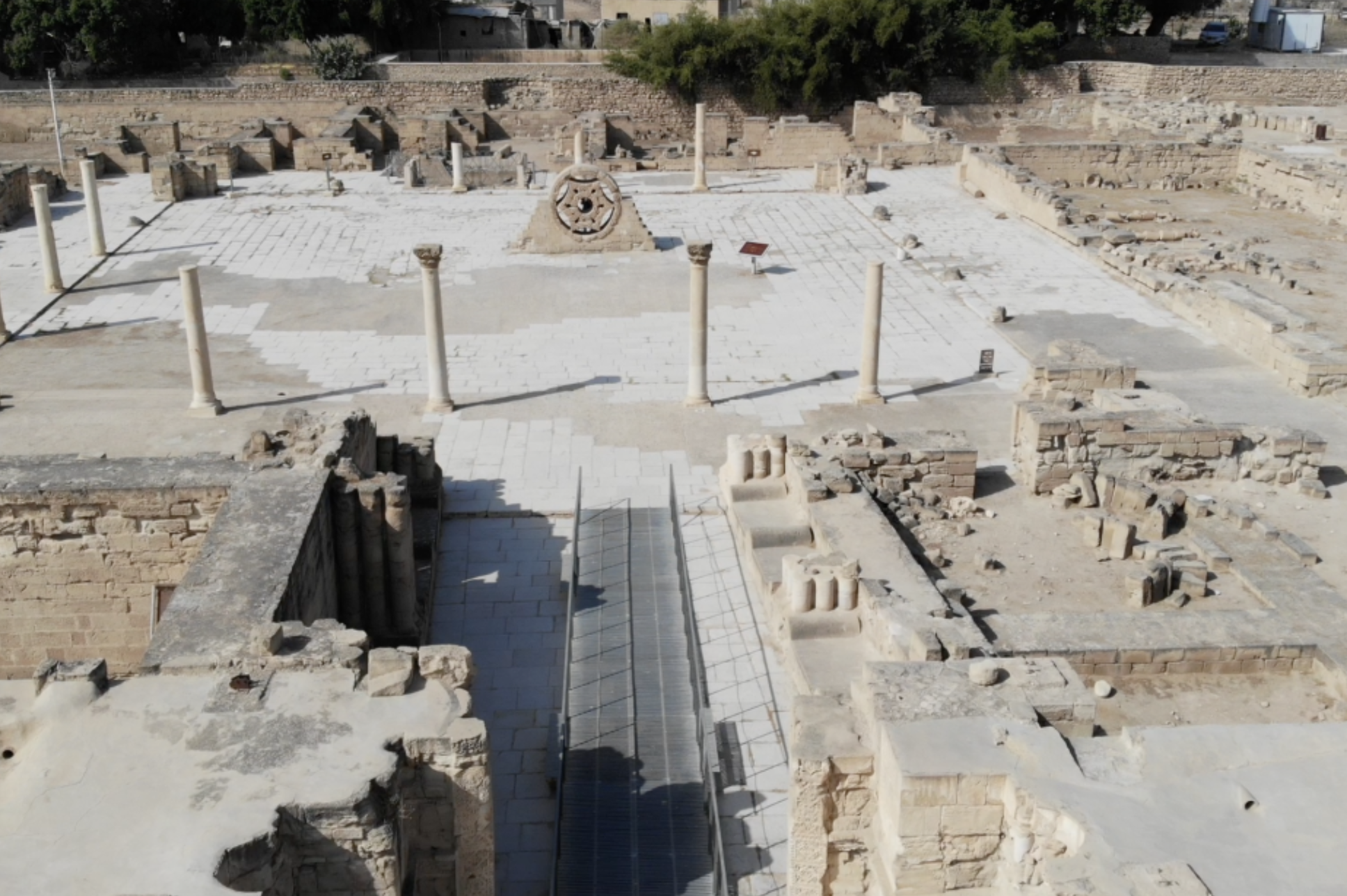
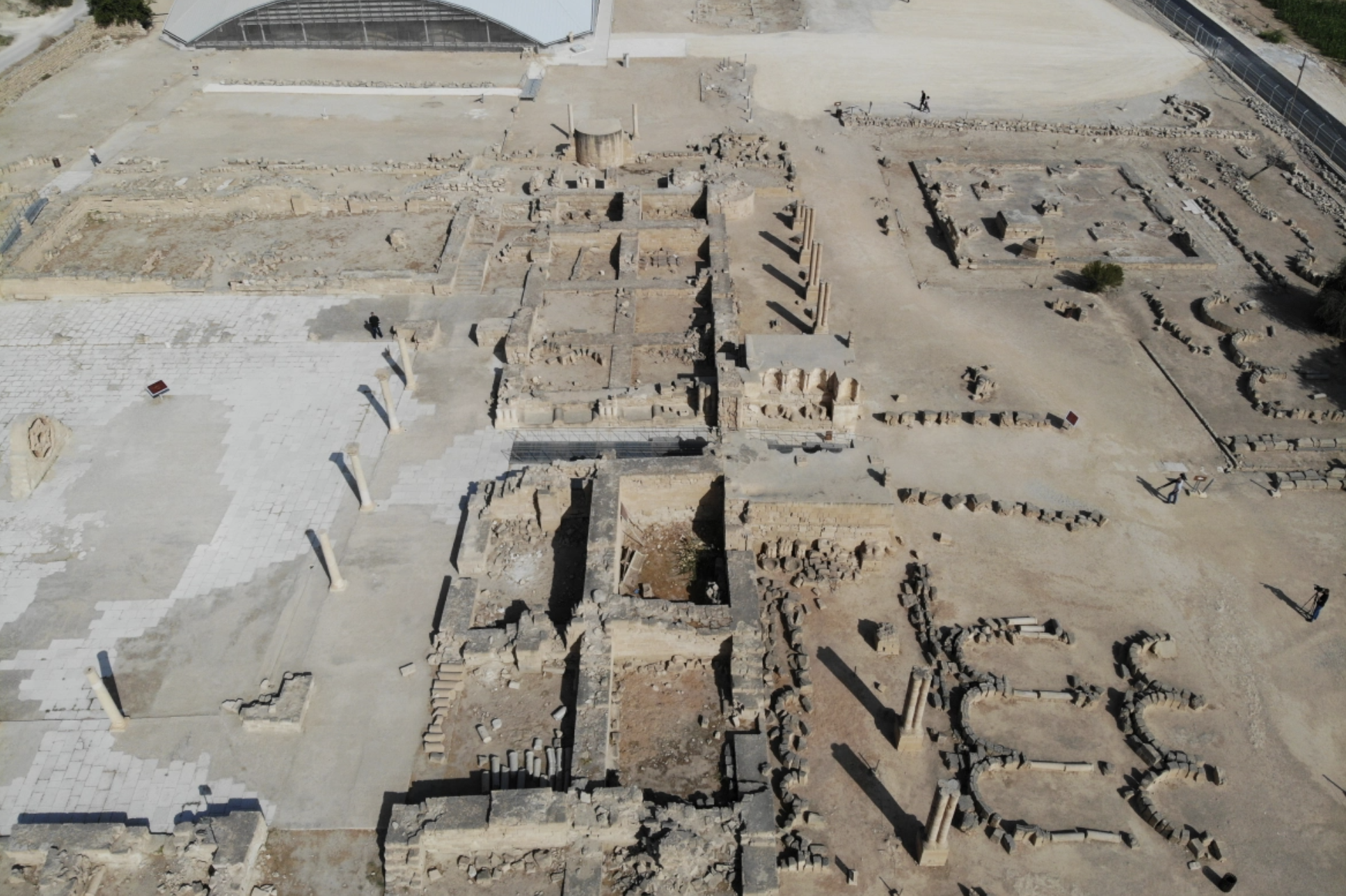
The Japan International Cooperation Agency (JICA) said it hopes to promote tourism in Palestine with this project. [Al Jazeera]
